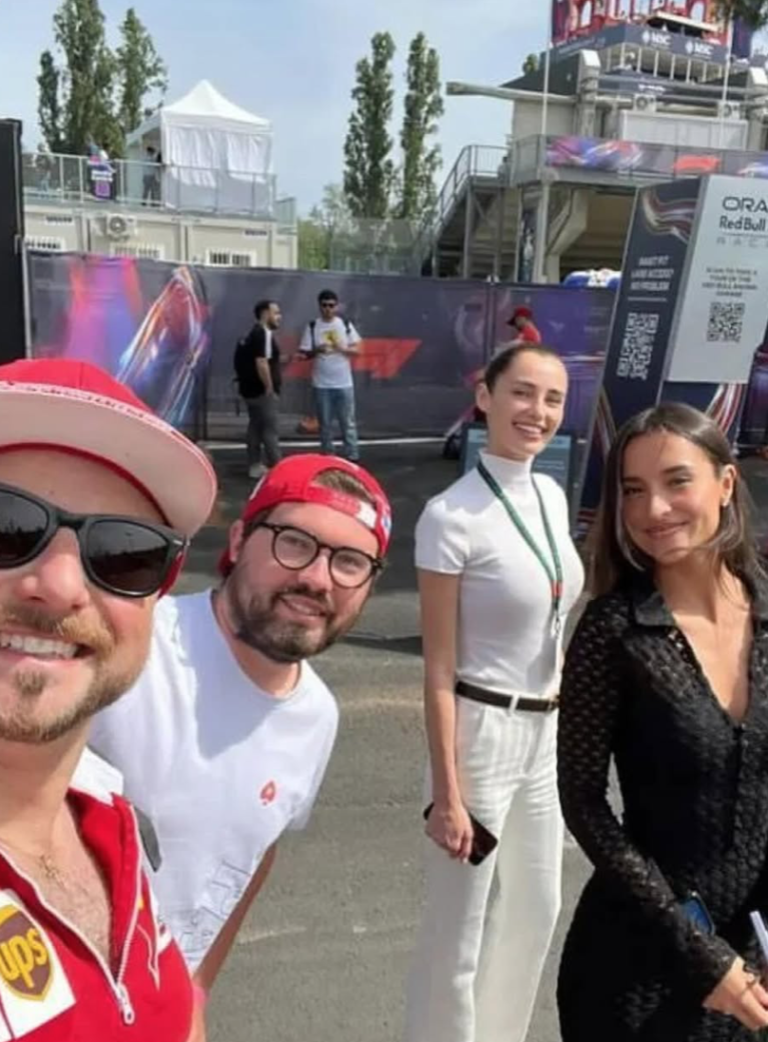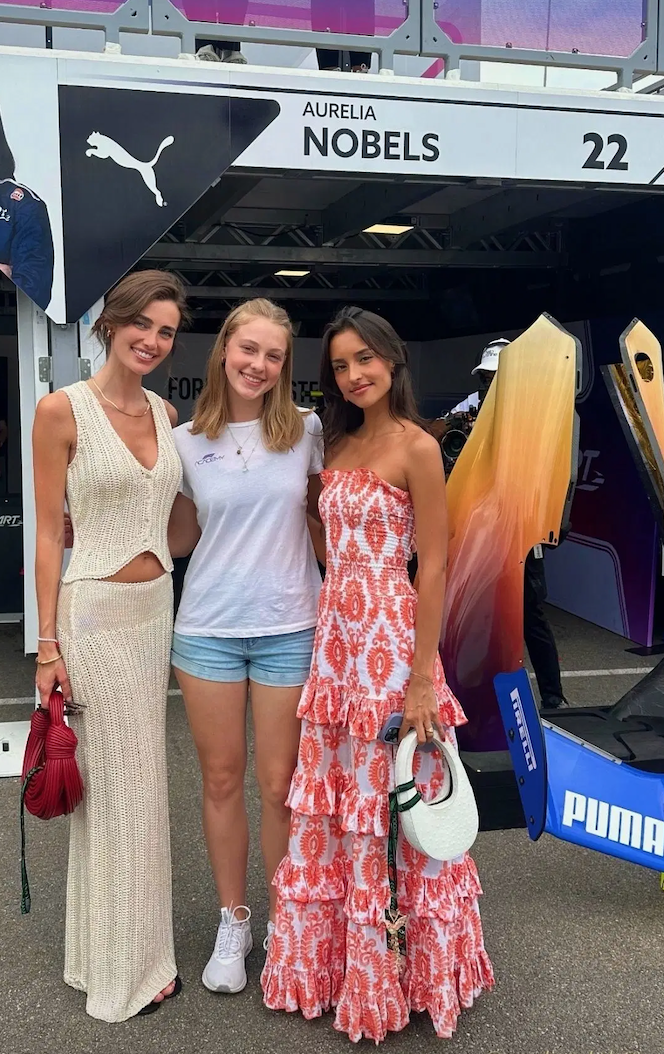Classic WAG Style: The Timeless Elegance of Nina Rindt
Long before modern day WAGs were front-row fixtures and #GridGirlFashion was a trending hashtag, Nina Rindt was casually redefining the art of looking effortlessly chic at an F1 race. She wasn’t just an F1 wife – she was the F1 wife, with a signature look so iconic it could have been a Pinterest board decades before Pinterest even existed. (PS – are you following our Pinterest account yet?!)
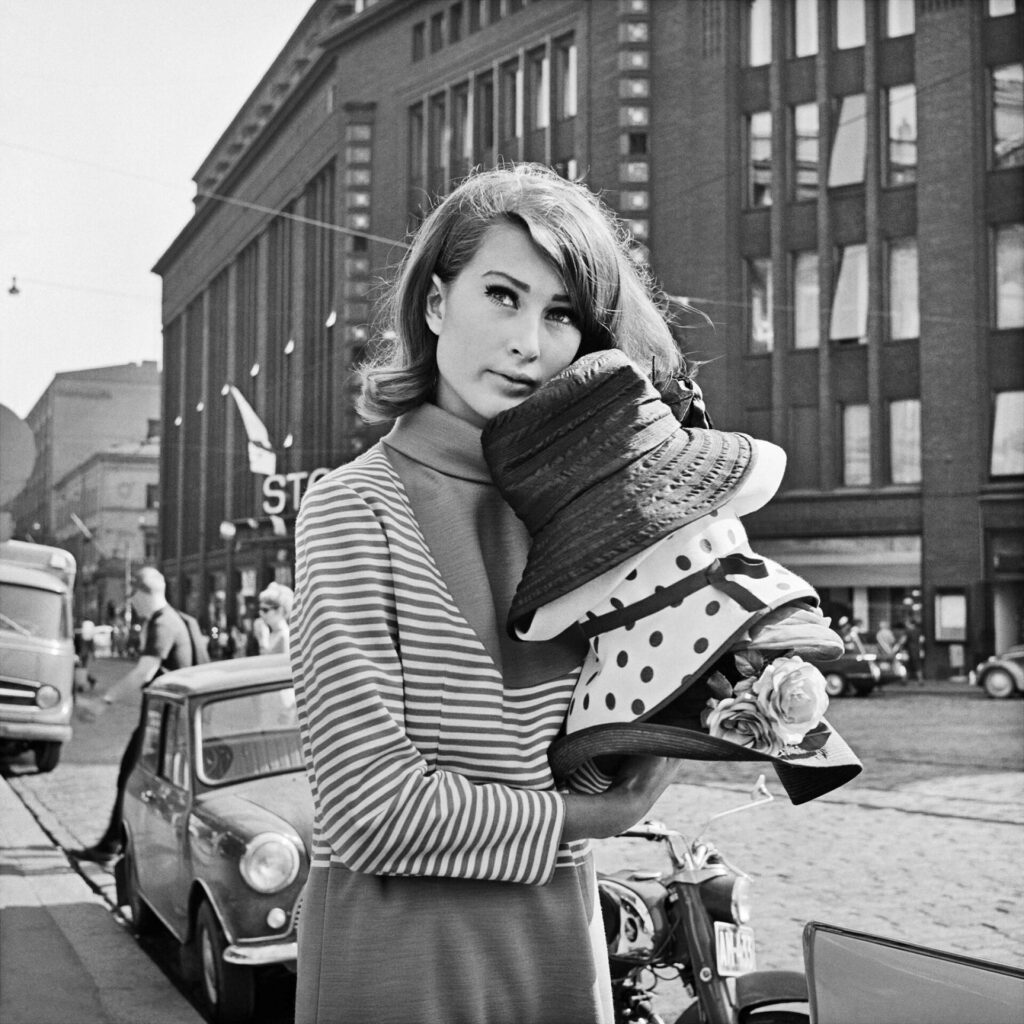
She was the cool, mysterious woman always standing trackside, arms crossed, oversized sunglasses perched on her face as if she had seen the future and knew exactly how this race would go. And honestly? She probably had.
If Formula 1 in the 1970s was a mix of danger, drama, and dazzling European glamour, Nina Rindt was its queen… no crown necessary.
From Finnish Heiress to Effortless Style Icon
Before she became the paddock’s reigning It-Girl, Nina (then Nina Lincoln was already destined for a life surrounded by roaring engines and men who took corners at terrifying speeds. Her father, Curt Lincoln, was a Finnish racing driver, meaning little Nina probably knew the difference between a Ferrari and a Lotus before she could even spell her own name.
But instead of strapping into a car herself, she gravitated toward fashion, though not in the let me layer on as many designer labels as possible way. No, Nina Rindt’s style was the kind of effortless cool that made it look like she rolled out of bed, threw on a trench coat, and still managed to look like a Vogue editorial.

Then she met Jochen Rindt, Austria’s fast-driving, faster-talking F1 wildcard, and the two became the ultimate power couple. He handled the racing; she handled looking impeccable while watching him race. It was a perfect system.
The Paddock’s Best-Dressed Spectator
While other racing wives were content with casual trackside looks, Nina Rindt showed up every race weekend like it was her own personal fashion show.

Her signature style included:
- Oversized sunglasses – These weren’t just a statement piece; they were a personality. The bigger, the better.
- Tailored trenches and luxe knitwear – The kind of effortlessly chic outfits that would make a Parisian jealous.
- Minimal makeup, maximum presence – No need for a heavy beauty routine when you radiate this level of cool.
Looking for some modern equivalents?
And then, of course, there was the watch.
The UG Compax: How Nina Rindt Accidentally Made a Watch Iconic
Most people flex their luxury watches deliberately. Nina Rindt? She just casually wore hers, and in doing so, made the Universal Genève Compax one of the most sought-after vintage chronographs in history.
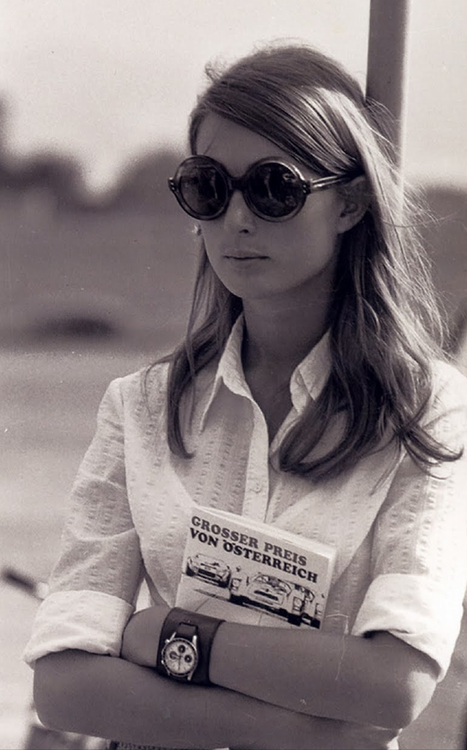
The UG Compax “Nina Rindt” wasn’t even hers – it was Jochen’s. But in the most effortless “cool-girl” move imaginable, she was often photographed wearing it on a leather bund strap, as if it were just another accessory in her ultra-minimalist wardrobe. She didn’t wear it to show off; she wore it because it was practical, unfussy, and, in retrospect, deeply aesthetic.
Today, collectors and watch enthusiasts obsess over this timepiece, named in her honor because she unknowingly turned it into a legend. The black-and-white panda dial? The timeless design? It’s a watch that now commands astronomical prices at auctions, all because Nina Rindt made it look effortlessly chic in a paddock 50 years ago.
Essentially, Nina Rindt did for the UG Compax what Steve McQueen did for the TAG Heuer Monaco: made it immortal.
Love, Tragedy, and the Trophy No One Wanted to Win
Jochen Rindt was one of F1’s most exciting drivers, known for his fearless approach to racing and his talent behind the wheel. But with 1970s Formula 1 being less “safety-conscious motorsport” and more “live-action Hunger Games with cars,” the risks were sky-high.
On September 5, 1970, during practice for the Italian Grand Prix, Jochen crashed at Monza. The accident was fatal. He was only 28 years old.
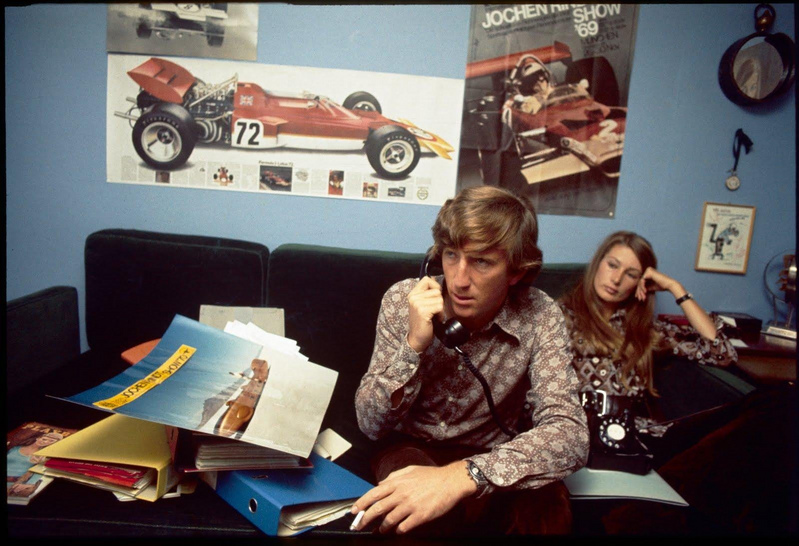
Nina, ever the poised and elegant figure, was there at the track. Instead of watching her husband celebrate a potential championship win, she was left with a heartbreaking reality: Jochen would become F1’s only posthumous World Champion – meaning, despite his death, no one could catch up to his points total.
At the end of the season, it was Nina who stepped onto the podium to accept his championship trophy. No grand speeches, no emotional breakdowns. Just a woman in her signature sunglasses, accepting an award that no one wanted to be given under those circumstances. It remains one of the most hauntingly powerful images in Formula 1 history.
The Quiet Exit of a Racing Icon
After Jochen’s death, Nina Rindt slowly stepped away from the world of Formula 1. She had spent years standing in the paddock, watching races, playing the role of the effortlessly cool racing wife. But without Jochen, it wasn’t the same.
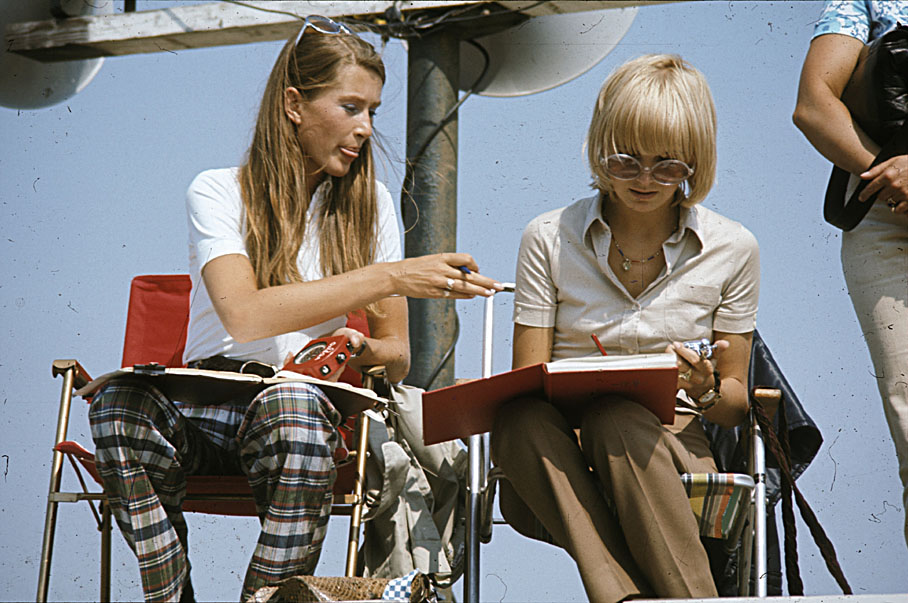
She never chased the spotlight after Jochen’s death and never tried to cash in on her F1 fame. Instead, she chose a life outside the chaos of motorsport, proving once again that she was too cool for the predictable celebrity trajectory.
But even decades later, her influence lingers. Every time a woman shows up to an F1 race in an oversized blazer, an effortless pair of sunglasses, and the kind of attitude that says “I don’t need to try; I just have it,” they’re channeling Nina Rindt energy.
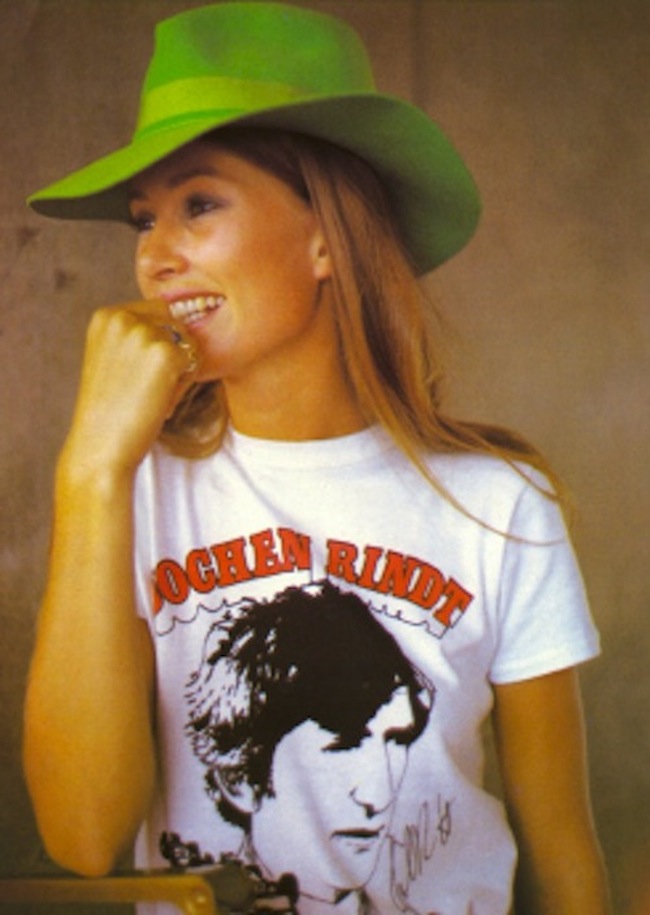
And for watch collectors? Every time they see a Universal Genève Compax at auction, fetching absurd sums of money, they can thank the woman who accidentally made it legendary.




